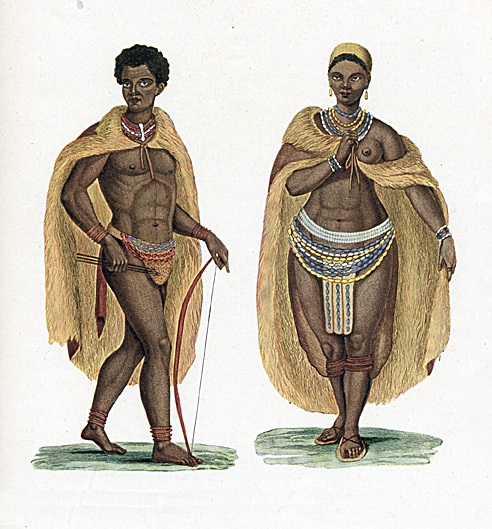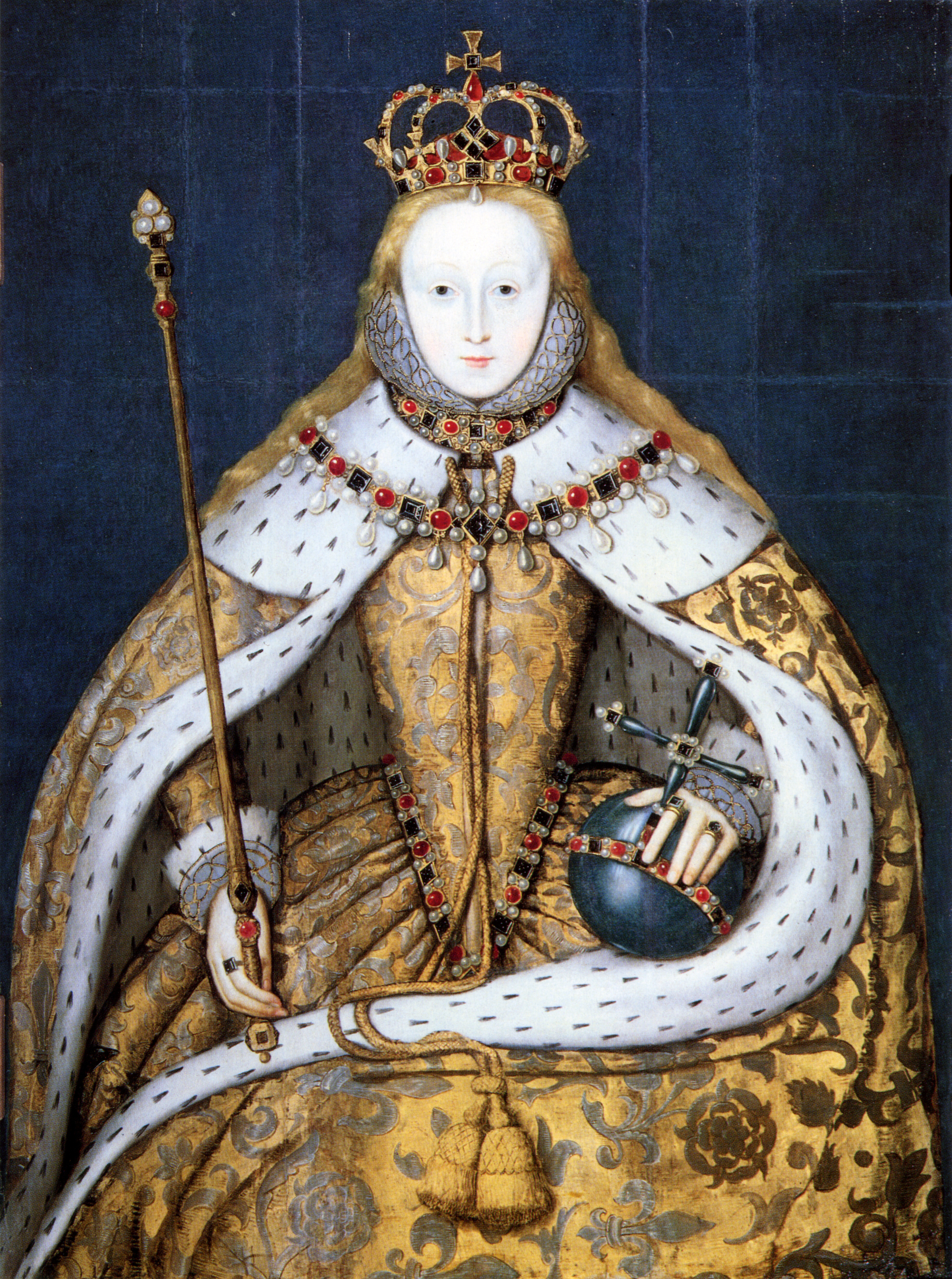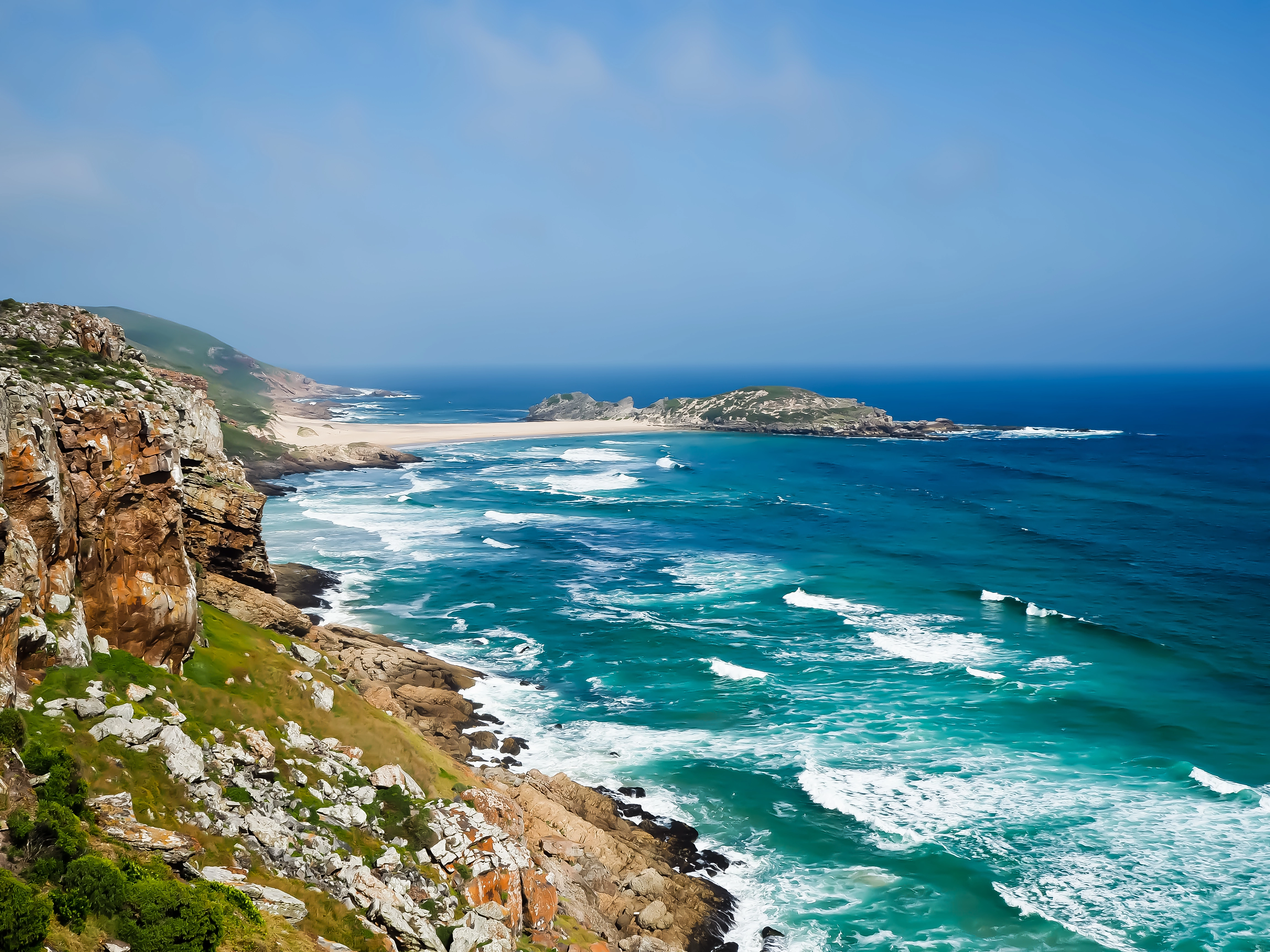|
Holy Trinity Church, Belvidere
The Holy Trinity Church is an Anglican Church in Belvidere, Knysna in the Western Cape Province of South Africa. History The church came to be when Robert Gray was consecrated as the Bishop of Cape Town in 1840, Sir Thomas Henry Duthie along with his son-in-law travelled to meet Gray to discuss plans for churches in the Knysna Knysna (; ) is a town with 76,150 inhabitants (2019 mid-year estimates) in the Western Cape province of South Africa. It is one of the destinations on the loosely defined Garden Route tourist route. It is situated 60 kilometres east of the c ... and Plettenberg Bay areas. The church was built between 1851 and 1853, while the foundation stone was laid on 15 October 1851. The church was designed by Sophia Gray. The church was modelled after the Norman churches of the 11th and 12th centuries. The first bishop of the church was Robert Gray, husband of Sophia Gray. Gallery File: Belvedere Chapel, South Africa.jpg, File:Belvidere Church, near Knys ... [...More Info...] [...Related Items...] OR: [Wikipedia] [Google] [Baidu] |
South Africa
South Africa, officially the Republic of South Africa (RSA), is the Southern Africa, southernmost country in Africa. Its Provinces of South Africa, nine provinces are bounded to the south by of coastline that stretches along the Atlantic Ocean, South Atlantic and Indian Ocean; to the north by the neighbouring countries of Namibia, Botswana, and Zimbabwe; to the east and northeast by Mozambique and Eswatini; and it encloses Lesotho. Covering an area of , the country has Demographics of South Africa, a population of over 64 million people. Pretoria is the administrative capital, while Cape Town, as the seat of Parliament of South Africa, Parliament, is the legislative capital, and Bloemfontein is regarded as the judicial capital. The largest, most populous city is Johannesburg, followed by Cape Town and Durban. Cradle of Humankind, Archaeological findings suggest that various hominid species existed in South Africa about 2.5 million years ago, and modern humans inhabited the ... [...More Info...] [...Related Items...] OR: [Wikipedia] [Google] [Baidu] |
Knysna
Knysna (; ) is a town with 76,150 inhabitants (2019 mid-year estimates) in the Western Cape province of South Africa. It is one of the destinations on the loosely defined Garden Route tourist route. It is situated 60 kilometres east of the city of George on the N2 highway, and 33 kilometres west of the Plettenberg Bay on the same road. Etymology A number of explanations exist for the origins of the name "Knysna" – including ''xthys xna'', purportedly from a Khoekhoe language term that might have meant "place of timber", "place of ferns", or even "straight down" (referring to the cliffs at The Heads). However, it is also likely that the name is related to, or a derivative of, similar place names that do or have existed in other parts of Africa. In colonial times Lake Malawi was known as Lake Nyasa (very similar to "Knysna"), while ''Webster's Universal Unabridged Dictionary'' defines the word "nyanza" as a noun: "(African): An expanse of water, as a lake or wide river" ... [...More Info...] [...Related Items...] OR: [Wikipedia] [Google] [Baidu] |
Anglicanism
Anglicanism, also known as Episcopalianism in some countries, is a Western Christianity, Western Christian tradition which developed from the practices, liturgy, and identity of the Church of England following the English Reformation, in the context of the Protestant Reformation in Europe. It is one of the largest branches of Christianity, with around 110 million adherents worldwide . Most are members of national or regional Ecclesiastical province#Anglican Communion, ecclesiastical provinces of the international Anglican Communion, one of the largest Christian bodies in the world, and the world's third-largest Christian communion. When united and uniting churches, united churches in the Anglican Communion and the breakaway Continuing Anglican movement were not counted, there were an estimated 97.4 million Anglicans worldwide in 2020. Adherents of Anglicanism are called ''Anglicans''; they are also called ''Episcopalians'' in some countries. The provinces within the Anglican ... [...More Info...] [...Related Items...] OR: [Wikipedia] [Google] [Baidu] |
Sophy Gray
Sophy Gray or Sophia Gray (5 January 1814 – 27 April 1871), was a Diocese, diocesan administrator, artist, architect, Equestrianism, horsewoman and the wife of Cape Town bishop Robert Gray (bishop of Cape Town), Robert Gray. Born at Easington in Yorkshire, the 5th daughter of county squire Richard Wharton Myddleton of Durham, England, Durham and Yorkshire, she died at Bishopscourt, Cape Town on 27 April 1871 and was buried in the graveyard of St Saviour's in Claremont. wrote "the constant companion of (Robert Gray's) travels, the untiring amanuensis and accountant, the skilful designer of churches, the brightness and stay of his home life at Bishopscourt." England Sophy and her two sisters were raised in an affluent family, owning estates in North Riding of Yorkshire, North Riding and Durham. They were well-read and proficient riders from an early age, qualities that helped foster their friendship with the young Robert Gray. Sophy married Robert Gray in 1836 after a six-m ... [...More Info...] [...Related Items...] OR: [Wikipedia] [Google] [Baidu] |
Norman Architecture
The term Norman architecture is used to categorise styles of Romanesque architecture developed by the Normans in the various lands under their dominion or influence in the 11th and 12th centuries. In particular the term is traditionally used for English Romanesque architecture. The Normans introduced large numbers of castles and fortifications including Norman keeps, and at the same time monastery, monasteries, abbeys, churches and cathedrals, in a style characterised by the usual Romanesque rounded arches (particularly over windows and doorways) and especially massive proportions compared to other regional variations of the style. Origins These Romanesque architecture, Romanesque styles originated in Normandy and became widespread in northwestern Europe, particularly in England, which contributed considerable development and where the largest number of examples survived. At about the same time, Hauteville family, a Norman dynasty that ruled in Sicily produced a distinctive va ... [...More Info...] [...Related Items...] OR: [Wikipedia] [Google] [Baidu] |
Anglican Church
Anglicanism, also known as Episcopalianism in some countries, is a Western Christianity, Western Christian tradition which developed from the practices, liturgy, and identity of the Church of England following the English Reformation, in the context of the Protestant Reformation in Europe. It is one of the largest branches of Christianity, with around 110 million adherents worldwide . Most are members of national or regional Ecclesiastical province#Anglican Communion, ecclesiastical provinces of the international Anglican Communion, one of the largest Christian bodies in the world, and the world's third-largest Christian communion. When united and uniting churches, united churches in the Anglican Communion and the breakaway Continuing Anglican movement were not counted, there were an estimated 97.4 million Anglicans worldwide in 2020. Adherents of Anglicanism are called ''Anglicans''; they are also called ''Episcopalians'' in some countries. The provinces within the Anglican ... [...More Info...] [...Related Items...] OR: [Wikipedia] [Google] [Baidu] |
Belvidere, Western Cape
Knysna (; ) is a town with 76,150 inhabitants (2019 mid-year estimates) in the Western Cape province of South Africa. It is one of the destinations on the loosely defined Garden Route tourist route. It is situated 60 kilometres east of the city of George on the N2 highway, and 33 kilometres west of the Plettenberg Bay on the same road. Etymology A number of explanations exist for the origins of the name "Knysna" – including ''xthys xna'', purportedly from a Khoekhoe language term that might have meant "place of timber", "place of ferns", or even "straight down" (referring to the cliffs at The Heads). However, it is also likely that the name is related to, or a derivative of, similar place names that do or have existed in other parts of Africa. In colonial times Lake Malawi was known as Lake Nyasa (very similar to "Knysna"), while ''Webster's Universal Unabridged Dictionary'' defines the word "nyanza" as a noun: "(African): An expanse of water, as a lake or wide river". ... [...More Info...] [...Related Items...] OR: [Wikipedia] [Google] [Baidu] |
Western Cape
The Western Cape ( ; , ) is a provinces of South Africa, province of South Africa, situated on the south-western coast of the country. It is the List of South African provinces by area, fourth largest of the nine provinces with an area of , and List of South African provinces by population, the third most populous, with an estimated 7 million inhabitants in 2020. About two-thirds of these inhabitants live in the metropolitan area of Cape Town, which is also the provincial capital. The Western Cape was created in 1994 from part of the former Cape Province. The two largest cities are Cape Town and George, Western Cape, George. Geography The Western Cape is roughly L-shaped, extending north and east from the Cape of Good Hope, in the southwestern corner of South Africa. It stretches about northwards along the Atlantic coast and about eastwards along the South African south coast (Southern Indian Ocean). It is bordered on the north by the Northern Cape and on the east by ... [...More Info...] [...Related Items...] OR: [Wikipedia] [Google] [Baidu] |
Robert Gray (bishop Of Cape Town)
Robert Gray (3 October 1809 – 1 September 1872) was the first Anglican Bishop of Cape Town. Biography Gray was born in Bishopwearmouth, north east England, the 12th child and son of Robert Gray, Bishop of Bristol, who made him deacon in Wells Cathedral on 11 January 1834. His first parish was at Whitworth. In 1845 he became the vicar of Stockton-on-Tees. As a priest he was interested in mission, and was local secretary for the Society for the Propagation of the Gospel in Foreign Parts. In 1847, he was consecrated Bishop of Cape Town in Westminster Abbey, along with three bishops for Australia, and arrived in his diocese, the boundaries of which were undefined, in February the following year. Soon after arriving he set out on a journey to explore his diocese, accompanied by James Green, who was to be rector of Pietermaritzburg in the Colony of Natal. On reaching Grahamstown he ordained William Long, with whom he was to come into conflict later. In 1849, he visited St ... [...More Info...] [...Related Items...] OR: [Wikipedia] [Google] [Baidu] |
Anglican Diocese Of Cape Town
The Diocese of Cape Town is a diocese of the Anglican Church of Southern Africa (ACSA) which presently covers central Cape Town, some of its suburbs and the island of Tristan da Cunha, though in the past it has covered a much larger territory. The Ordinary of the diocese is Archbishop of Cape Town and ''ex officio'' Primate and Metropolitan of the ACSA. His seat is St. George's Cathedral in Cape Town. Desmond Tutu was archbishop from 1986 to 1996 and was archbishop-emeritus until his death in 2021. The current archbishop is Thabo Makgoba. Because of the archbishop's responsibilities as primate, many of his diocesan duties are delegated to a suffragan bishop known as the Bishop of Table Bay, an office currently held by Joshua Louw. (This is similar to the Bishop of Dover in the Church of England Diocese of Canterbury, who has held such a role since 1980.) History The diocese came into being in 1847 with the consecration of the first bishop, Robert Gray, and was the first ... [...More Info...] [...Related Items...] OR: [Wikipedia] [Google] [Baidu] |
Plettenberg Bay
Plettenberg Bay, nicknamed Plett, is the primary town of the Bitou Local Municipality in the Western Cape Province of South Africa. According to the census of 2001, the town had a population of 29,149. It was originally named Bahia Formosa ("Beautiful Bay") by early Portugal, Portuguese explorers and lies on South Africa's Garden Route 210 km from Port Elizabeth and about 600 km from Cape Town. History Middle and Later Stone Age Nelson Bay Cave on Robberg and Matjies River Cave at nearby Keurboomstrand, Western Cape, Keurboomstrand were inhabited for over 100,000 years by Middle Stone Age man and then later by ancestors of the Khoisan, who were possibly the same people who traded with the Portugal, Portuguese survivors of the Sao Goncalves shipwreck. Their tools, ornaments and food debris can be viewed in these caves, which are still being excavated. Colonial period Long before Jan van Riebeeck landed at the Cape, Portugal, Portuguese explorers charted the bay ... [...More Info...] [...Related Items...] OR: [Wikipedia] [Google] [Baidu] |
Anglican Church Buildings In South Africa
Anglicanism, also known as Episcopalianism in some countries, is a Western Christian tradition which developed from the practices, liturgy, and identity of the Church of England following the English Reformation, in the context of the Protestant Reformation in Europe. It is one of the largest branches of Christianity, with around 110 million adherents worldwide . Most are members of national or regional ecclesiastical provinces of the international Anglican Communion, one of the largest Christian bodies in the world, and the world's third-largest Christian communion. When united churches in the Anglican Communion and the breakaway Continuing Anglican movement were not counted, there were an estimated 97.4 million Anglicans worldwide in 2020. Adherents of Anglicanism are called ''Anglicans''; they are also called ''Episcopalians'' in some countries. The provinces within the Anglican Communion are in full communion with the See of Canterbury and thus with the archbishop of Can ... [...More Info...] [...Related Items...] OR: [Wikipedia] [Google] [Baidu] |










